At the May 20th 2017 concert at the Shoemaker salon on Central Park West, Han Chen played romantic era works by Scriabin, Schubert and Liszt. He also played the hybrid Bach-Busoni Chaconne. What a swoon-fest!
Bach-Busoni: Chaconne in D minor
Ferrucio Busoni’s arrangement of Bach’s ethereal Violin Partita No. 2 applies romantic piano technique to baroque underpinnings. Han Chen’s signature touch was to reign in Bach’s crescendos to a precise but somber procession of thunderclaps, and then cut loose to a hectic race into the high arpeggios.
The acoustics of the Shoemaker salon were perfect for this work, enriching and damping the dominant bass. And yet, there was a detached, clinical feel to Mr. Chen’s rubato that left me wanting less cultivated drama and more instinctive passion.
Scriabin: Fantasy, Op. 28
The Scriabin Fantasy in B minor Op. 28 is a sweeping, sonorous work. I enjoyed the oceanic feel delivered by Han Chen, and was struck by his ability to bring out the color in Scriabin’s complex harmonies.
Schubert: Wanderer Fantasy, Op. 15, D. 760
In the Schubert, as with the Scriabin, Han Chen again demonstrated nuanced partial-pedal coloring. At times his right hand seemed like a passel of faeries dancing tiptoe across the upper registers. At other times his Schubert sounded Schubertianly (sic) ponderous. This is somewhat the nature of the Wanderer Fantasy, coming from the early part of the romantic era.
Liszt: Sonata in B Minor
Punctuated at the beginning and the end by a low staccato G, the great Liszt B Minor piano sonata is about half an hour long. This demanding work is so well-known that it has to be delivered with compelling authority, and Han Chen had no difficulty doing so.
From its deceptively simple opening to its keyboard-cracking crescendos, the slight Mr. Chen was totally on top of Liszt’s Sonata and performed it with impressive power and panache. Liszt broke pianos while playing works such as this, so I had to wonder whether Mr. Chen’s hands hurt afterwards. My ears certainly did.
Han Chen
I had no idea what to expect of Han Chen, other than the technical excellence that we take for granted in Julliard musicians. But at the end of the day, Mr. Chen’s Liszt Sonata overshadowed the rest of his program. It left most of us stunned, and your reviewer’s ears ringing.
In his closing remarks, our host Robin Shoemaker noted that in just a few days Han Chen would be participating in the Van Cliburn Competition. We wish Mr. Chen the best of luck: he certainly seems up to the challenge.
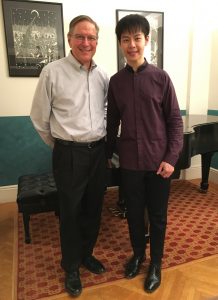
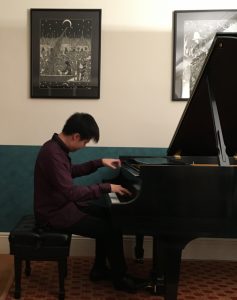
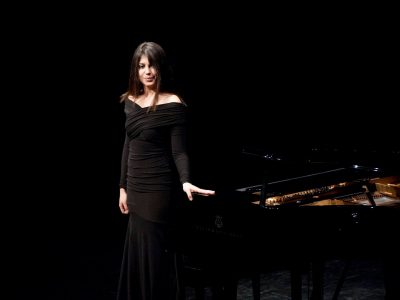
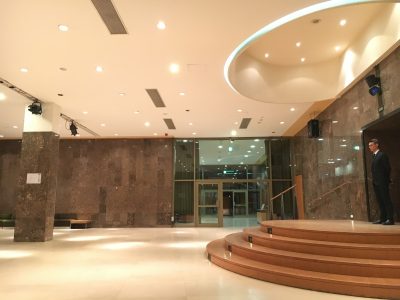
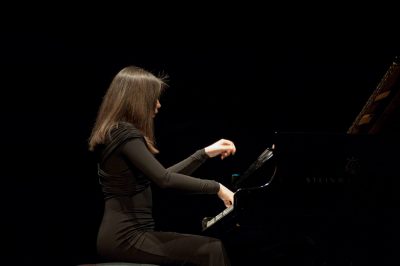

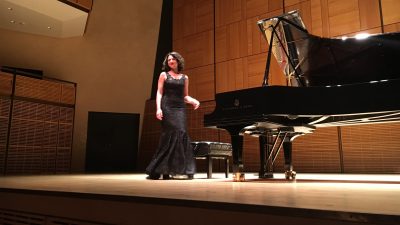
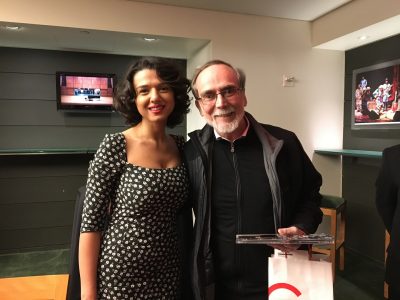
You must be logged in to post a comment.